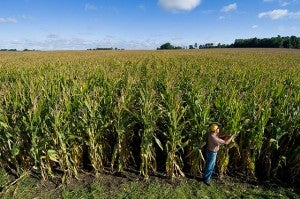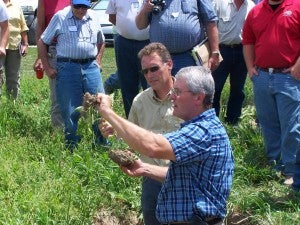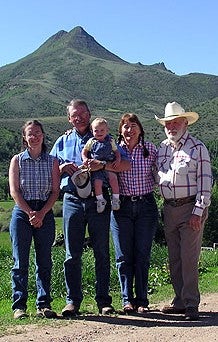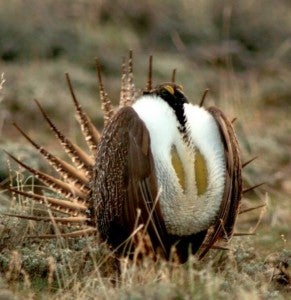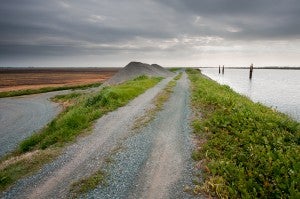 At first, the idea that fertilizer companies should help farmers become more efficient with fertilizer use is counterintuitive. After all, fertilizer retailers are in business to make money, so it makes sense that they would want to maximize sales of their core product.
At first, the idea that fertilizer companies should help farmers become more efficient with fertilizer use is counterintuitive. After all, fertilizer retailers are in business to make money, so it makes sense that they would want to maximize sales of their core product.
Fortunately, using fertilizer more efficiently – even if this means less in some cases — can create more profit for retailers and growers. Fertilizer retailers have good reasons to incorporate fertilizer efficiency in their business strategies. Read More










